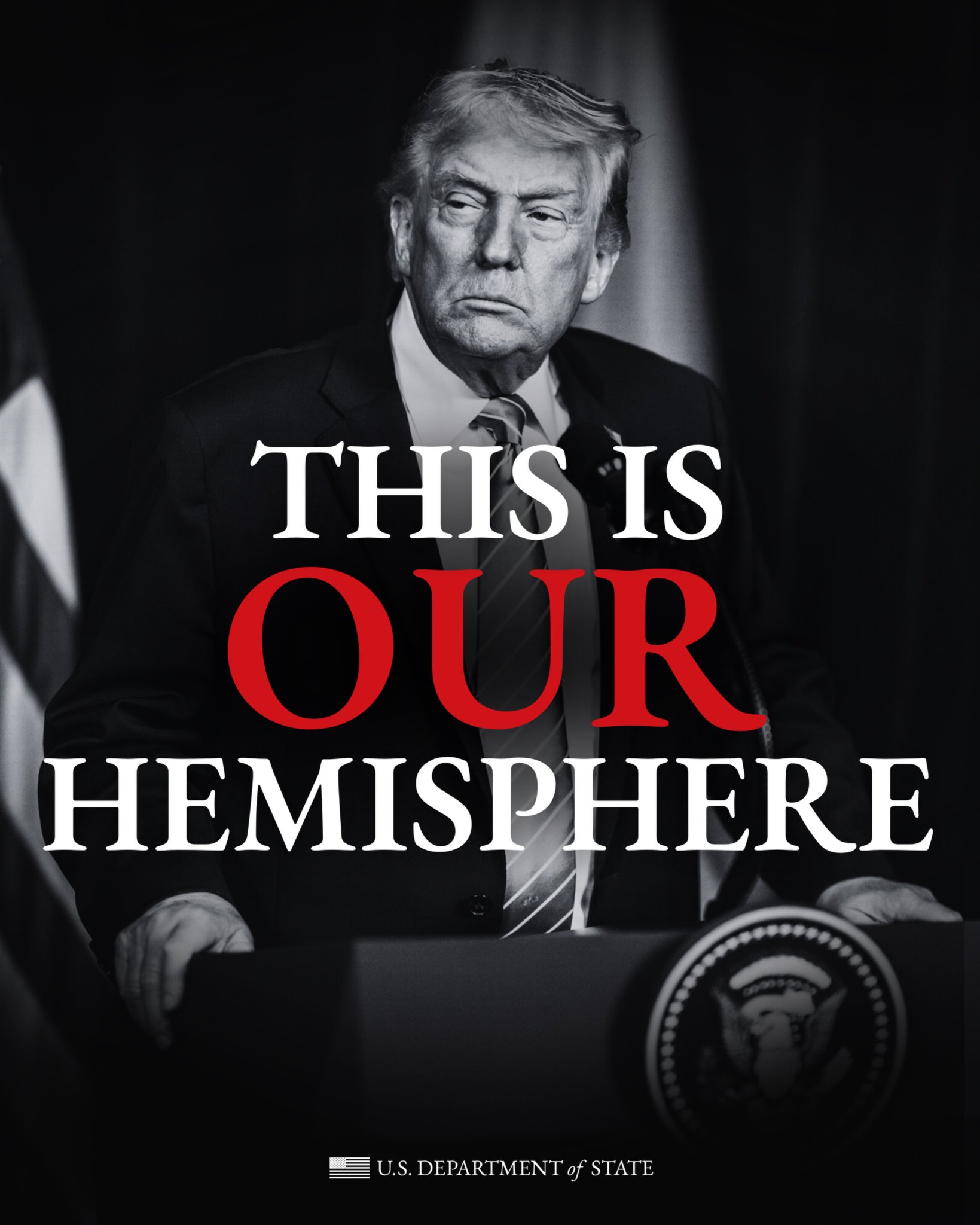 For the first time in Argentine history there will be a run-off election for President. The ruling party candidate Daniel Scioli and the opposition leader Mauricio Macri will face off on Nov. 22 after receiving 36.8% and 34.3%, respectively in the Oct. 25 first round.
For the first time in Argentine history there will be a run-off election for President. The ruling party candidate Daniel Scioli and the opposition leader Mauricio Macri will face off on Nov. 22 after receiving 36.8% and 34.3%, respectively in the Oct. 25 first round.
The results surprised the candidates, the voters, the military, and the bureaucrats, and discredited the pollsters. And if the tight race was unexpected, the victory of the Macrista candidate in Buenos Aires Province was a bombshell. María Eugenia Vidal will be the next governor of the country’s most heavily populated region, with some 37% of the electorate. For the first time in 28 years, the province will now be governed by someone who does not belong to the Justicialista Party.
Debate has flared in a country that, until Sunday evening, assumed that Scioli would win, and that it was just a question of when–whether in the first or second round. The big issue, at this point, involves the 21% who voted for the third-place candidate, Sergio Massa, also a Peronist and former government official, and now a staunch member of the opposition who insists on the need for “change.”
Candidates Responses
Sunday night in Scioli headquarters the news of the discouraging numbers arrived like an unwelcome visitor. Supporters were singing with their heads bowed, looking at their mobile phones. The stage was empty, the remixed cumbia blared at an intolerable volume and was superimposed on the sound of the bass drums and the sporadic efforts of the organizations to sing a complete song.
At about 10 p.m., much earlier than anticipated, the candidate stepped out onto the stage at Luna Park and gave a speech that confirmed that the campaign was continuing: “There are at play two very different visions of Argentina’s present and future. Our priorities are the humble people, the workers, and our middle class. To those who voted in favor of a different proposal, I appeal especially to you, because for an Argentine there is nothing like another Argentine, and I believe, like Perón, that united we will all triumph.”
Near midnight the Minister of Justice Julio Alak announced the first official numbers. At that moment, with 60% of the votes counted, Macri led Scioli by almost two points. Although in the course of the evening the numbers flipped, the effect was immediate: the headquarters emptied out as if someone had pulled the fire alarm.
In the press room, the stress reached peak levels. Within a few minutes, on the mythical premises where Perón and Evita met in 1944, all warmth was drained.
“Now we go back to eating polenta and drinking bad wine,” one man shouted. Meanwhile, at Costa Salguero, the Cambiemos (Let’s Change) Party started the frenzy that went on for days. Balloons, dance steps, emotional speeches, generic words: “Let’s change,” “for change,” “to change.”
Macri’s Republican Proposal (PRO) is a young party of right-leaning business interests that was spawned by conservative thinktanks after the crisis of 2001 and grew in strength in the city of Buenos Aires. This is the first time it has gotten involved in elections.
Its campaign centers around the idea of “change.” In the Let’s Change Party, the PRO joined ranks with the Radical Civic Union and diverse Peronist sectors. The party proposed a new aesthetics, and presented itself as “the new.”
But by mid-2015 it made a discursive swerve and began to say it would guarantee continuation of many of the Kirchner measures it had previously opposed–universal Allocation per Child (unemployment insurance) and refraining from re-privatizing Aerolíneas Argentinas. It even erected a monument for Juan Domingo Perón.
Perhaps the biggest news has been that the new governor, Vidal, a technical staffer formed at the Catholic University of Argentina, won in the province over Cristina Fernández de Kirchner’s current Chief of Staff, Aníbal Fernandez. In Buenos Aires there will be no run-off; the 39.4% that Vidal won sufficed to beat Fernández’s 35.1%.
A more detailed analysis of the region reveals that votes for Julián Domínguez, who competed against Fernandez in the Front for Victory (FPV) primaries, did not transfer completely to the other ruling-party candidate. There were also those who split their ballots and voted for Scioli as President and Vidal as Governor. Let’s Change won such key voting districts as La Plata, Mar del Plata, Quilmes, and Tres de Febrero, among others. Vidal not only won, but also helped Macri better position himself for the run-off.
On Aug. 9t in Buenos Aires, it poured rain and there were many who could not get out to vote. Last Sunday’s election produced two million additional votes. With a participation of more than 80% of the total number of registered voters, almost all the candidates received more votes than before. Nonetheless, Macri managed to reduce the lead of 8.5% that Scioli, the current Governor of the Buenos Aires Province, had over him in the primaries to only 2.5 points. From one election to the other, Macri drew an additional 1,600,000 votes, Sergio Massa 600,000, and Scioli only 280,000.
Although all the candidates increased their votes, the distance between the three leading forces, instead of lengthening, grew smaller. The FPV could not maintain its 38.7% and fell by 2 points. Let’s Change grew almost 5 points (from 30.12% to 34.4%) and the Massa’s Reformist Front (Frente Renovador) held steady (from 20.57% to 21.3%).
Real Power
There weren’t just elections for president and vice-president on Oct. 25; the country also voted for 11 new governors, 43 Mercosur parliamentarians, 24 senators, and 130 seats in the House of Representatives were elected.
In the House of Representatives, the FPV Party lost 24 seats to Let’s Change. The ruling party will still be the largest minority (107 representatives), as compared to Macrismo’s 93. Neither, by itself, can manage an absolute majority. The Massa bloc, which had a great election in the Buenos Aires Province in 2013, will hold 31 seats. The FPV was able to maintain a majority in the Senate with a noteworthy total of 45 seats; Let’s Change garnered 15, and Massa’s group has veto power.
What is left to contest in the November 22 elections are the 8,000,000 votes distributed among the 22.3% who voted for Massa, the Trotskyist left that supported Nicolás del Caño (3.2%), Margarita Stolbizer (2.5%) of the Progressives, and the ex-governor of San Luis, the also Peronist Adolfo Rodríguez Saá (1.6%).
The left has already initiated a blank-vote campaign. Rodríguez Saá is holding his tongue for now. Stolbizer is talking about change, and Massa has already said he does not want Scioli to win.
No one owns the votes, but everything indicates that, despite the ruling party’s technical victory in the first round, it will be hard for them to expand. While the PRO is wearing a victory halo despite coming in second, for now the news for Scioli’s supporters is grim.
Diego Gonzalez (gonzalezdiegofernandez@gmail.com) is a journalist in Buenos Aires. His blog is www.diegofgonzalez.blogspot.com. TW: @diegon2001. He is an analyst for the Americas Program https://www.americas.org/es/. Julia Muriel Dominzain is a journalist based in Buenos Aires.
Translated by Jonathan Tittler



